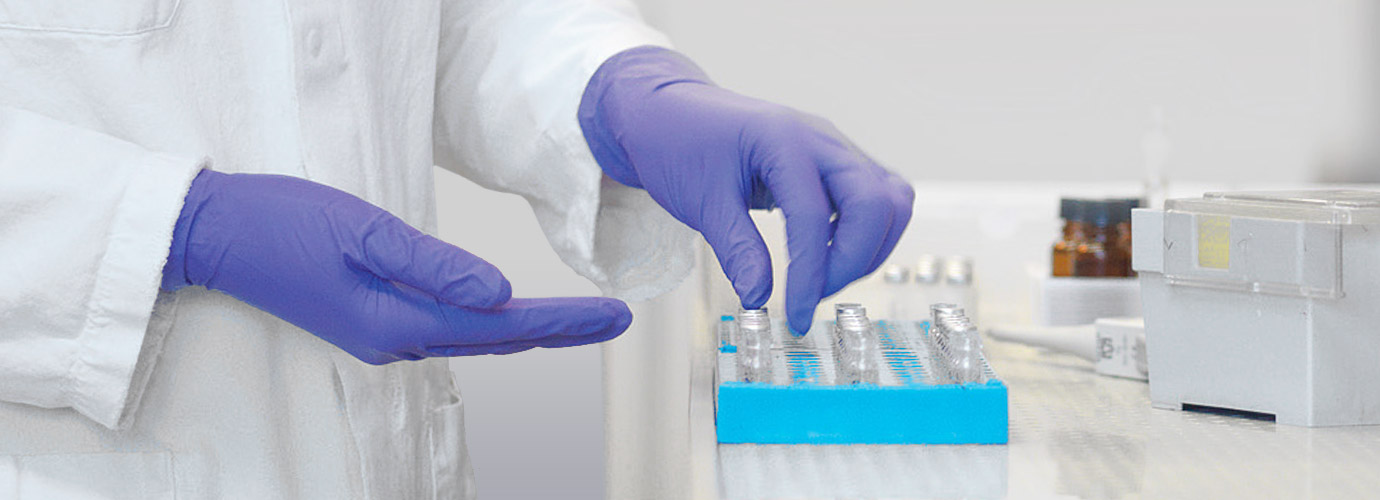Revised EFSA opinion on the appropriate age range for the introduction of complementary foods

12.2019
summarised by author Mag. rer. nat. Susanne Seufer-Wasserthal
The European Commission asked EFSA (European Food Safety Authority) to advise on the appropriate age to start infants on complementary foods. EFSA last published its opinion on this topic in 2009 and now revised it based on the latest scientific findings to answer the following specific question:
Does the timing of the introduction of foods other than breast milk or infant formula within the first six months of life make a difference to a child’s health?
Conclusions
There is no single appropriate age for the introduction of complementary foods, but an age range in which they should be introduced – depending on each infant’s development and characteristics.
From a nutritional point of view, it is not necessary to feed complementary foods before six months of age as long as infants do not suffer from iron depletion.
Infants are at high risk of iron depletion when they are born with low iron stores caused by
- low maternal iron status during pregnancy
- restricted growth in utero und therefore born too small
- early umbilical cord clamping
- preterm birth
However, there are also infants born with sufficient iron stores, who use them up quickly due to their very fast growth during the first months of life and their being exclusively breastfed.
There are some important milestones in an infant’s development where they acquire the necessary skills for consuming complementary foods. Typical signs for an infant’s readiness are:
- holding their head straight when lying on their back
- controlling their head when pulled up or helped to sit
- reflex of pushing objects out of their mouth starts to diminish
These skills start to develop between 3 and 4 months of age but the developmental speed can vary from child to child. Infants should be able to sit unsupported before self-feeding finger foods. Based on these physical and developmental requirements, infants are ready to receive complementary foods between the end of 3 - 4 and more commonly 6 months of age. Notwithstanding the above, the fact that an infant may be developmentally ready for a more diversified diet before six months of age does not necessarily mean that complementary foods need to be introduced.

Graphic according to EFSA 2019
Additionally, EFSA did not present any evidence that the introduction of complementary foods before six months of age is either harmful or beneficial to an infant’s health. Any feeding practices should comply with national recommendations in terms of age-appropriate composition and texture. Furthermore, the food should be nutritionally adequate and prepared according to good hygienic practices.
In terms of allergy prevention there is no need to exclude gluten or highly allergenic foods like fish, peanuts, eggs or cereals from complementary feeding.
A recent study (conducted in Poland and Austria) showed that parents already follow these recommendations and largely start complementary feeding between four and six months of age.
The European Society for Paediatric Gastroenterology, Hepatology and Nutrition (ESPGHAN) published their recommendations on the introduction of complementary feeding in 2017. According to these guidelines complementary foods should not be introduced before 4 months but should not be delayed beyond 6 months.
References
Scientific opinion on appropriate age range for introduction of complementary feeding into an infant's diet (EFSA 2019)
Zielinska MA et al: Factors Influencing the Age of Complementary Feeding—A Cross-Sectional Study from Two European Countries. Int J Environ Res Public Health. 2019 Oct;16(20):3799.Fewtrell M et al. Complementary Feeding: A Position Paper by the European Society for Paediatric Gastroenterology, Hepatology, and Nutrition (ESPGHAN) Committee on Nutrition. JPGN 2017;64: 119–132


